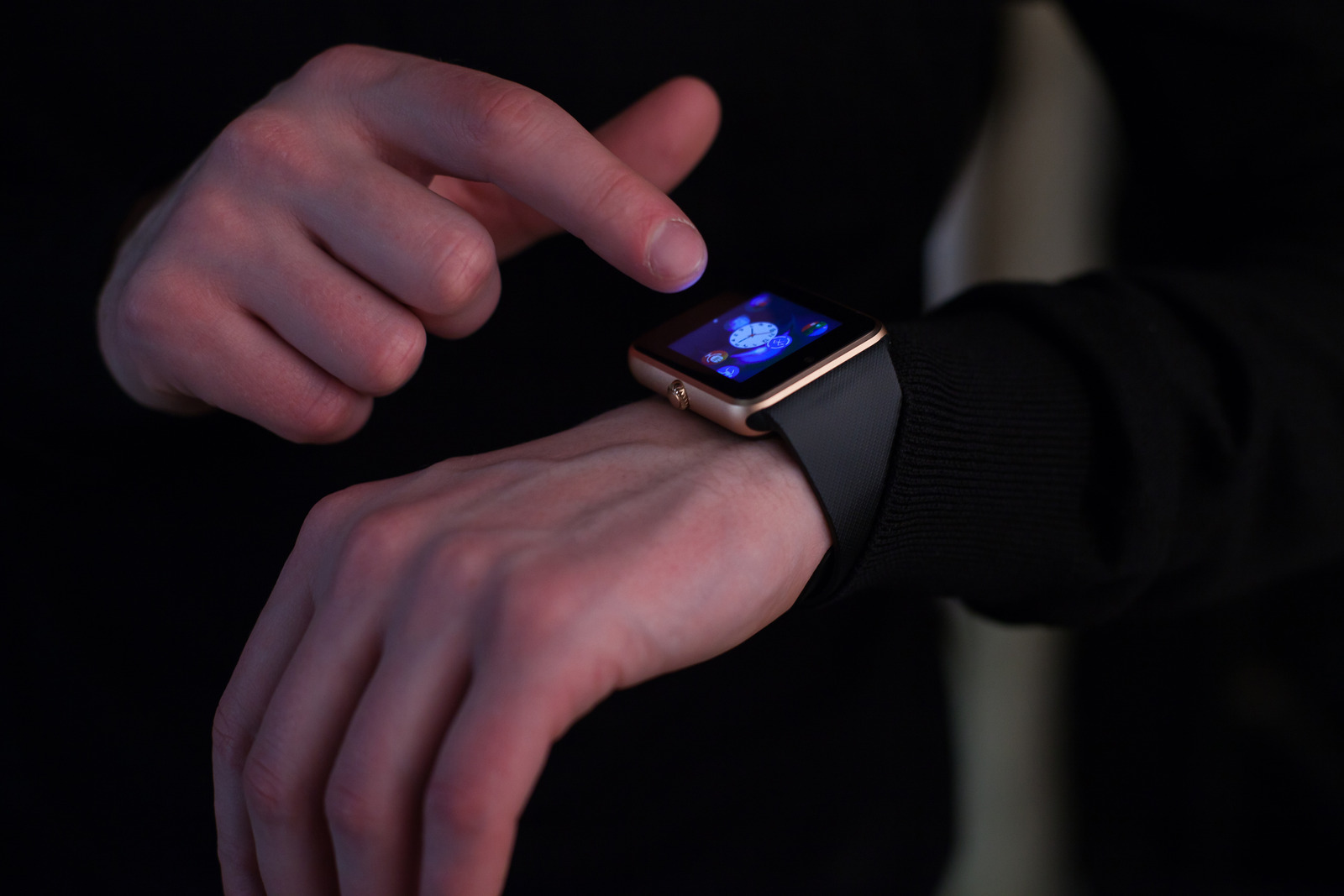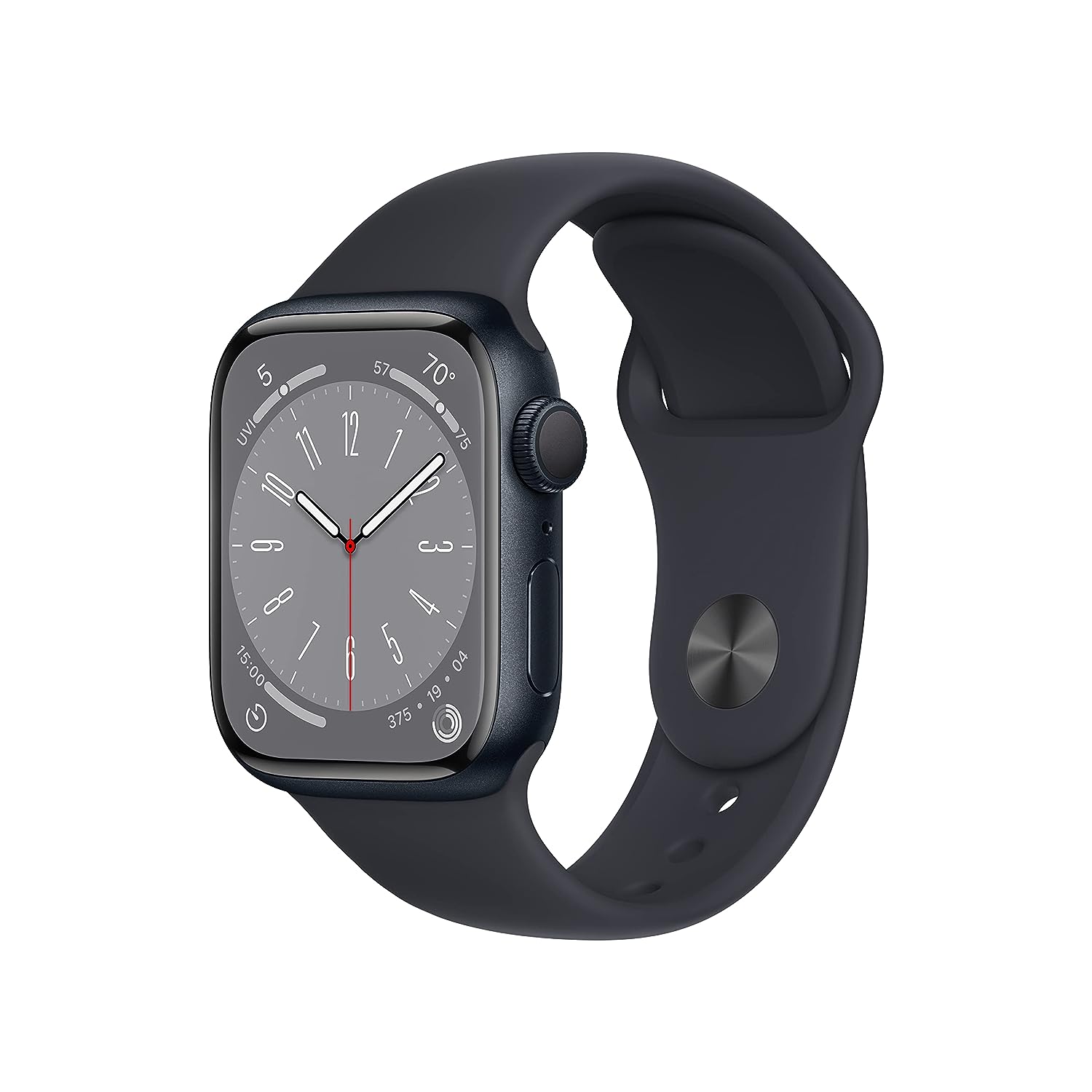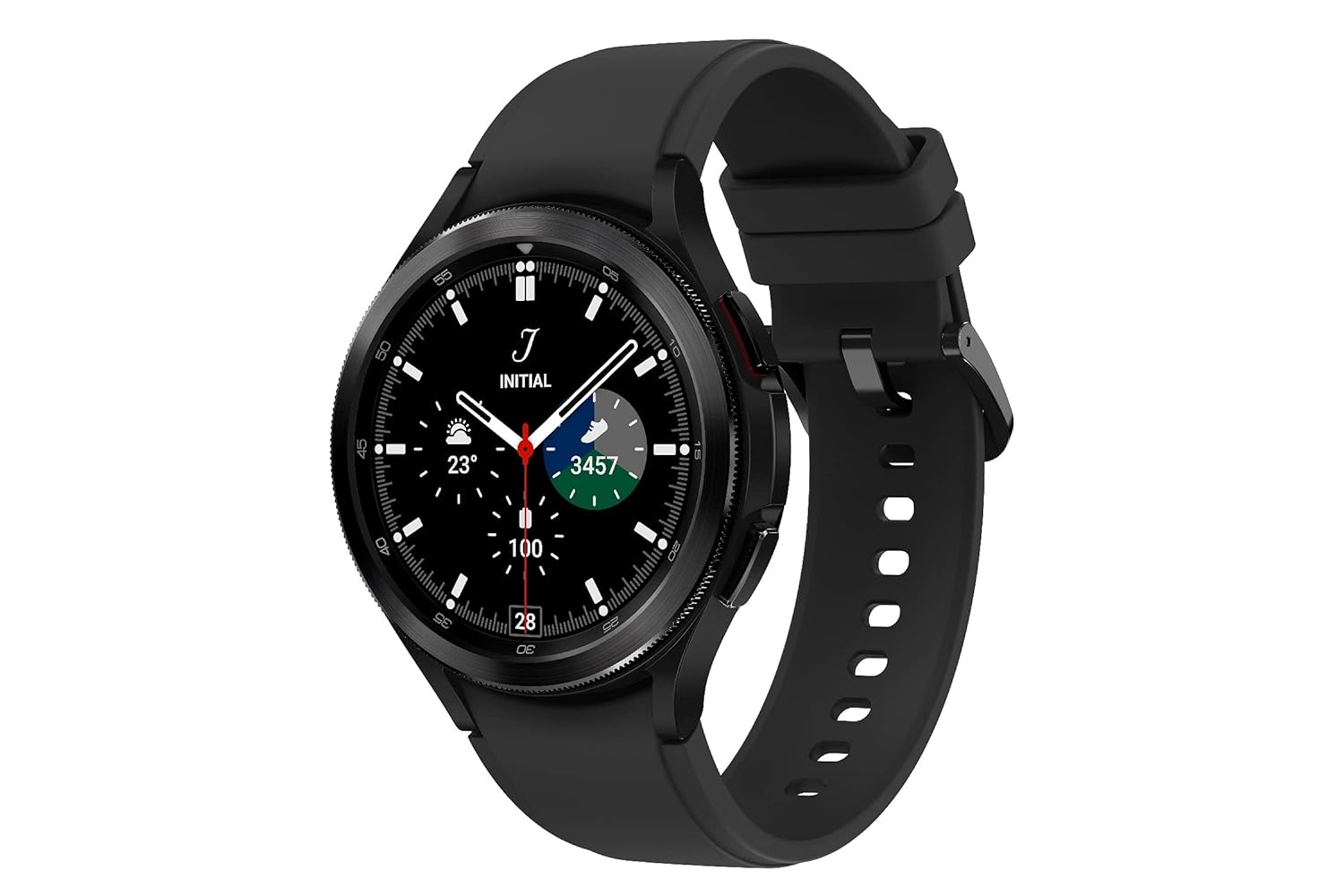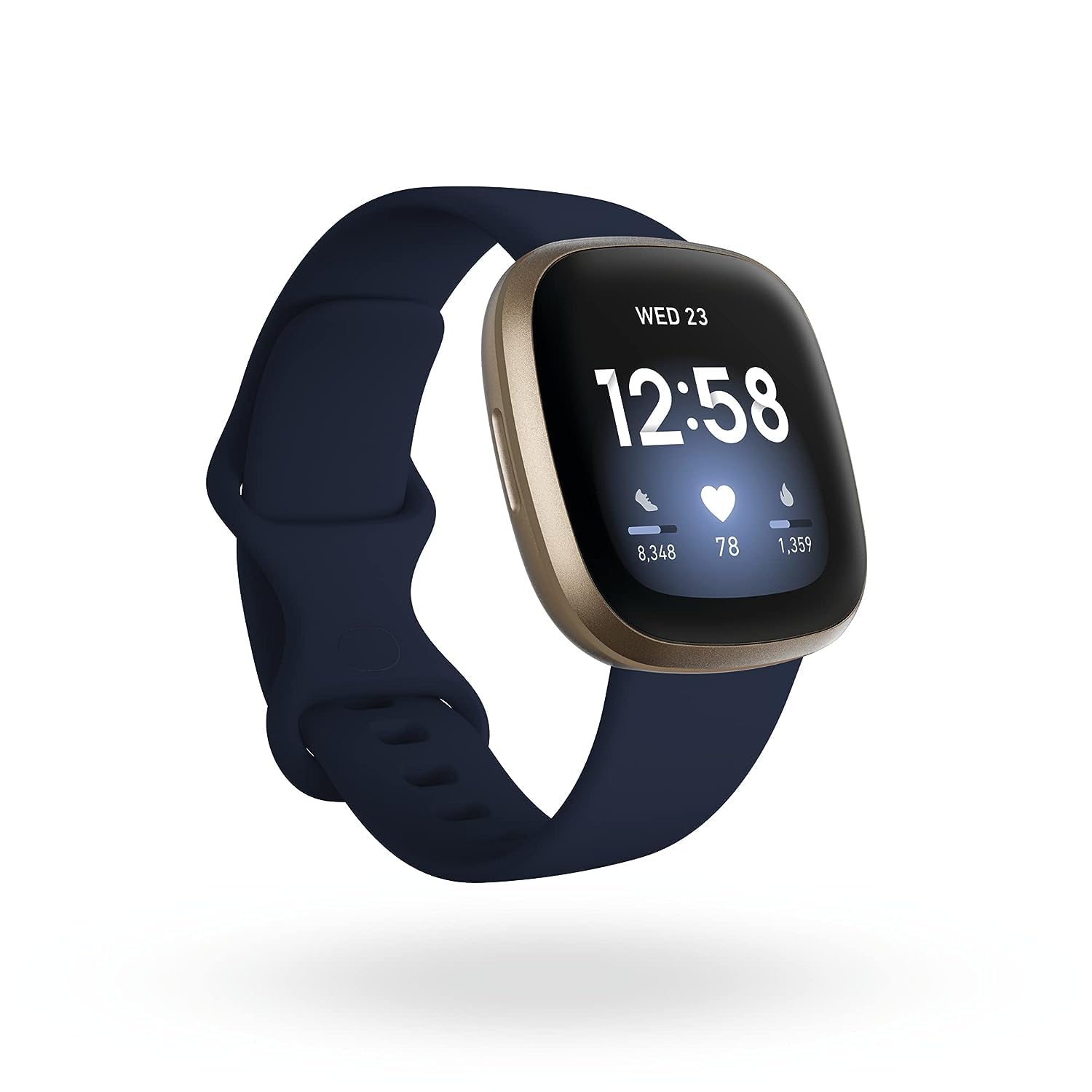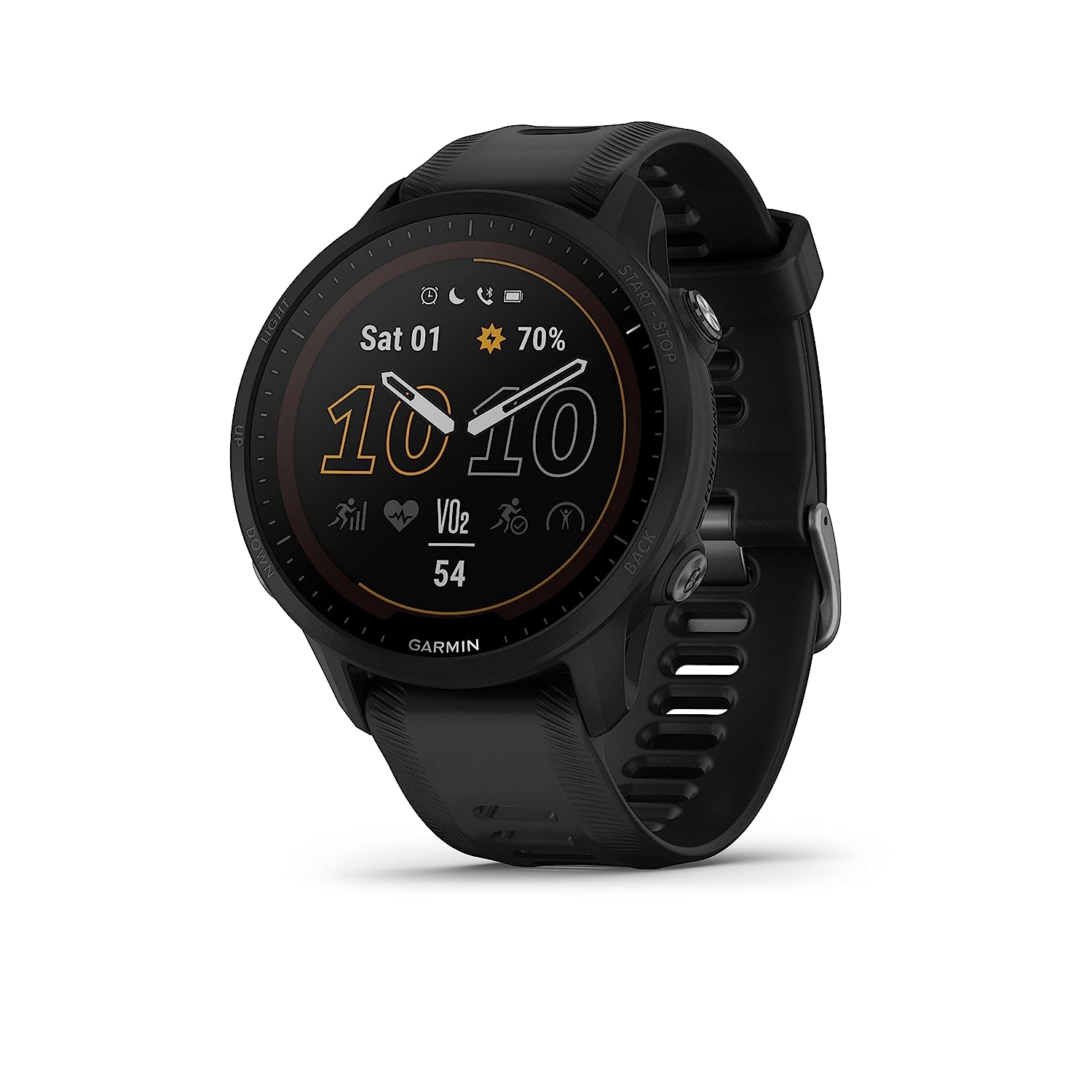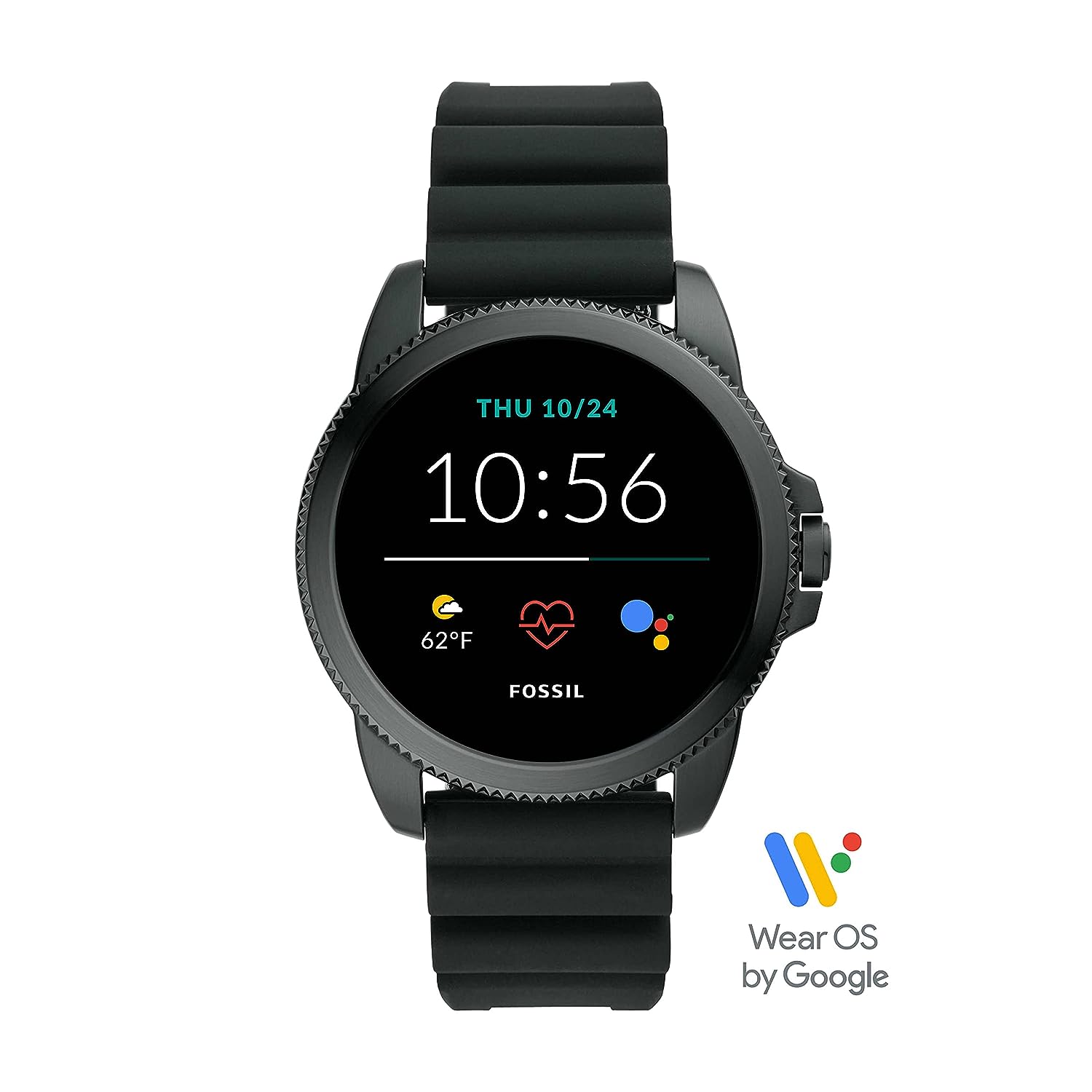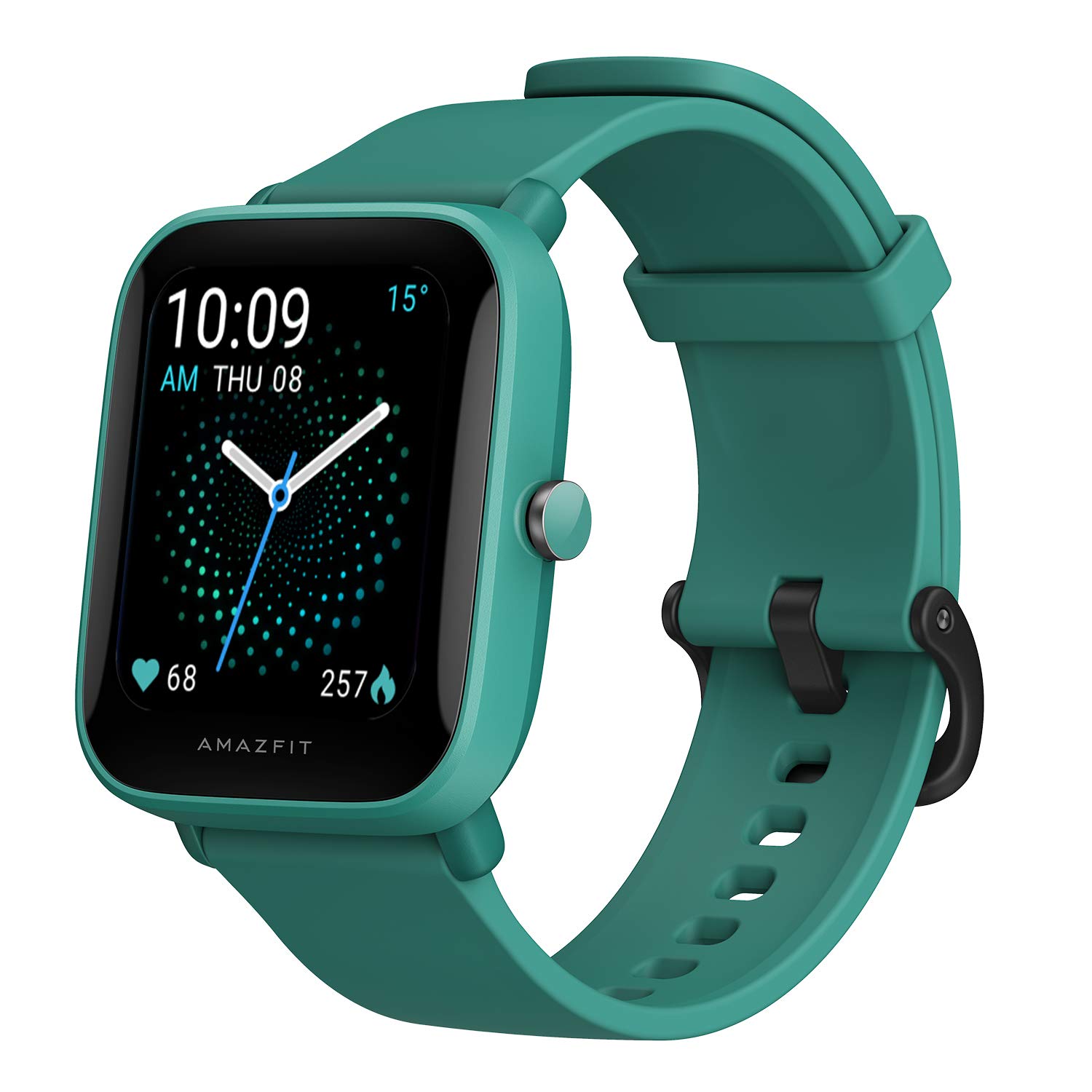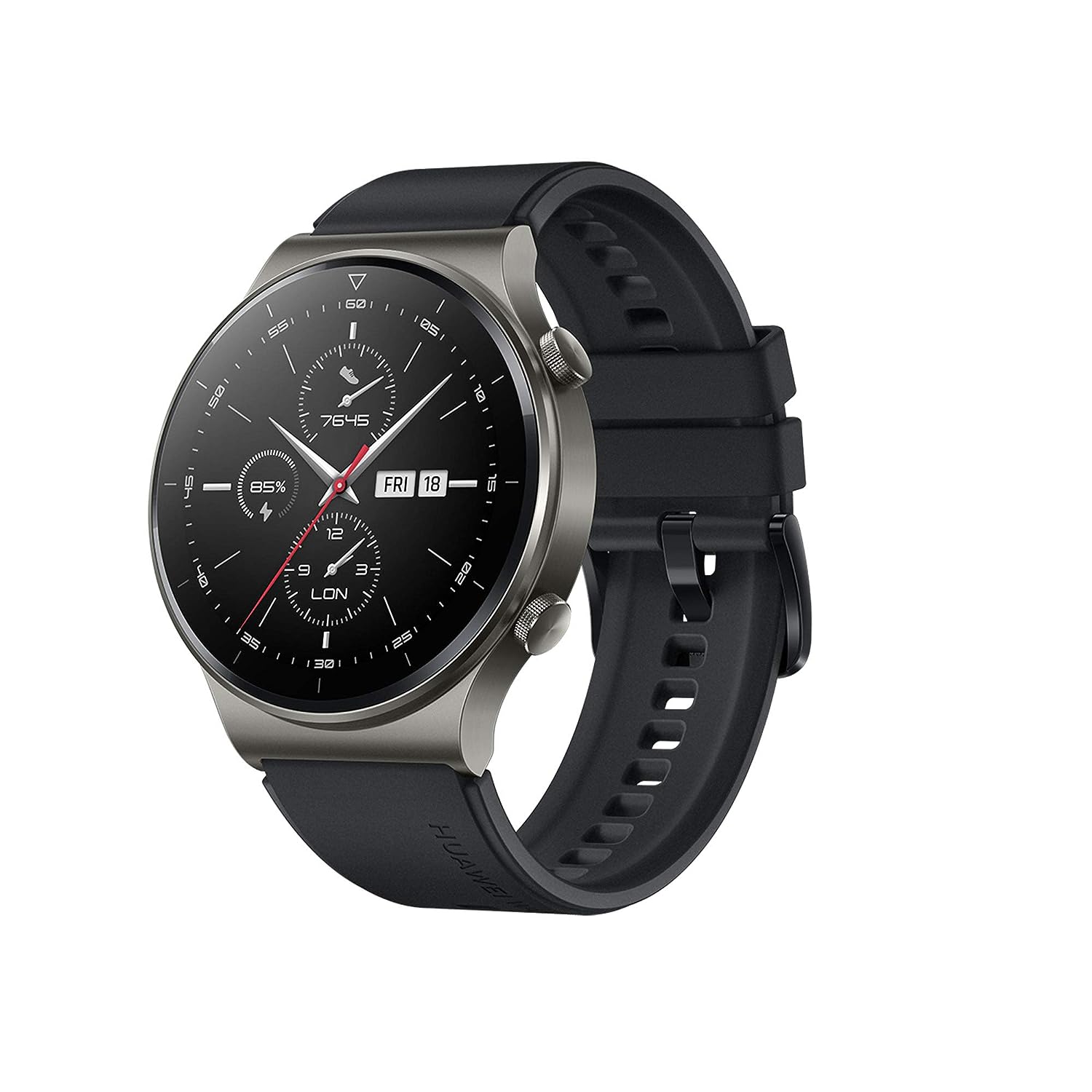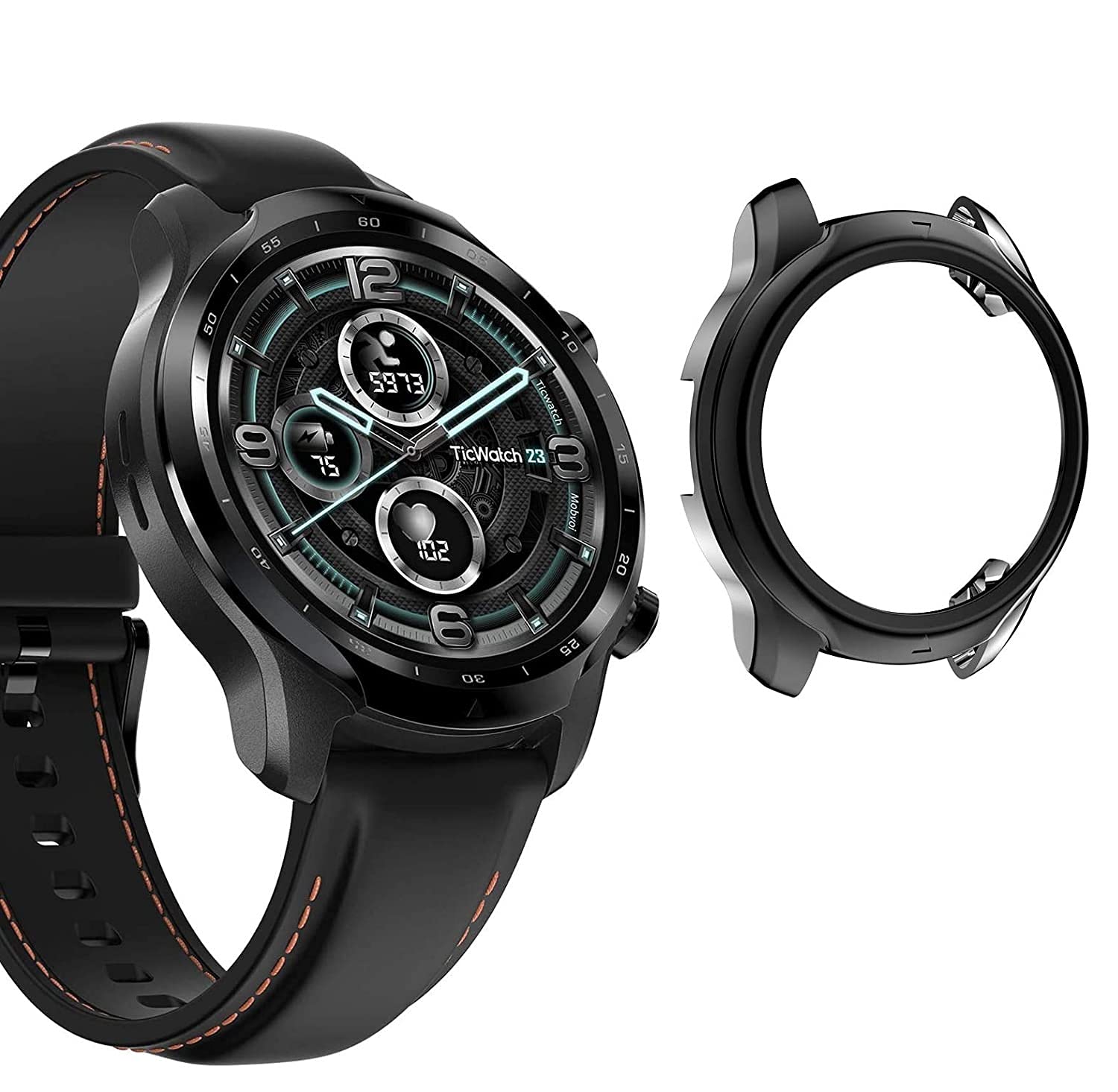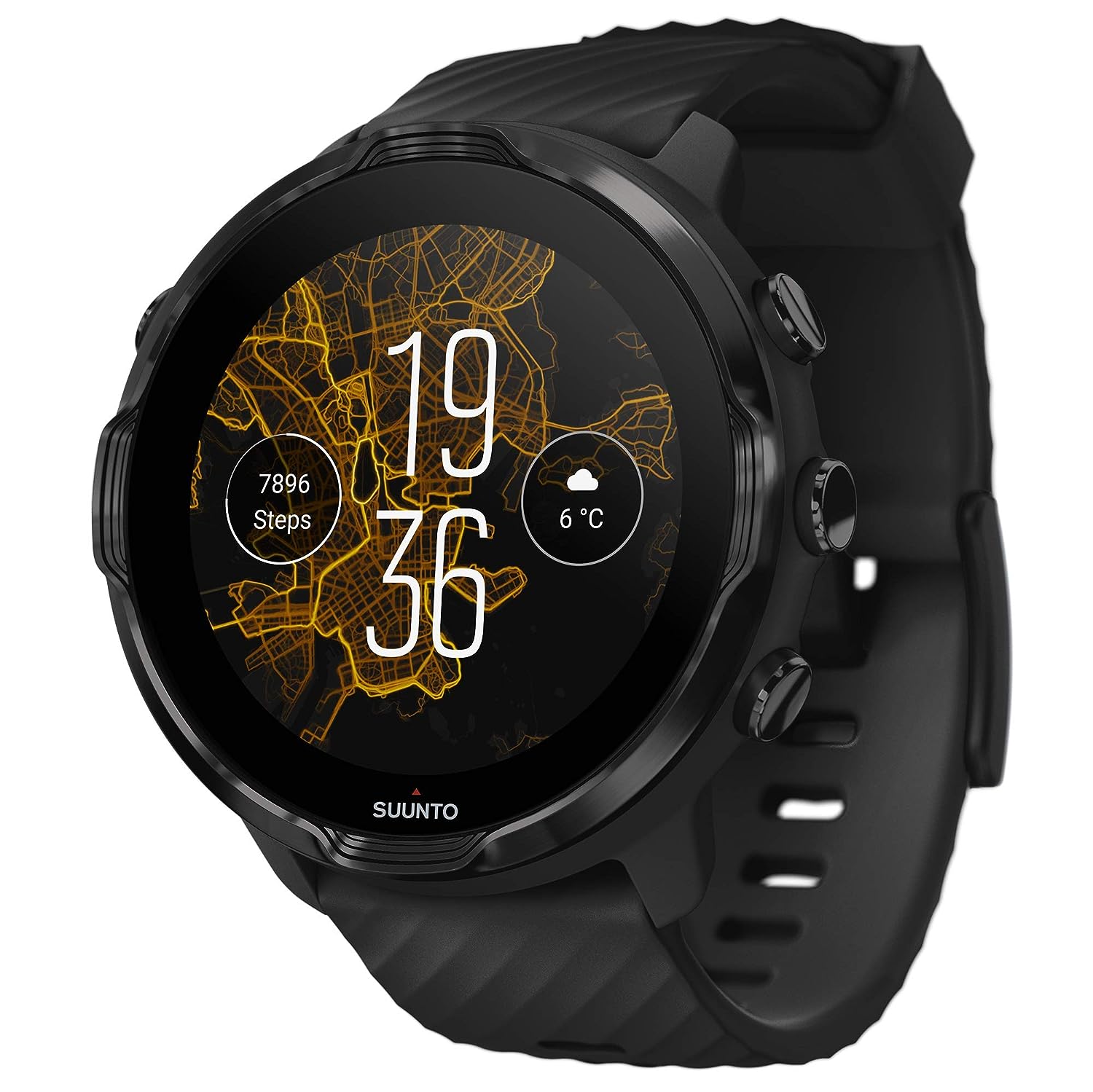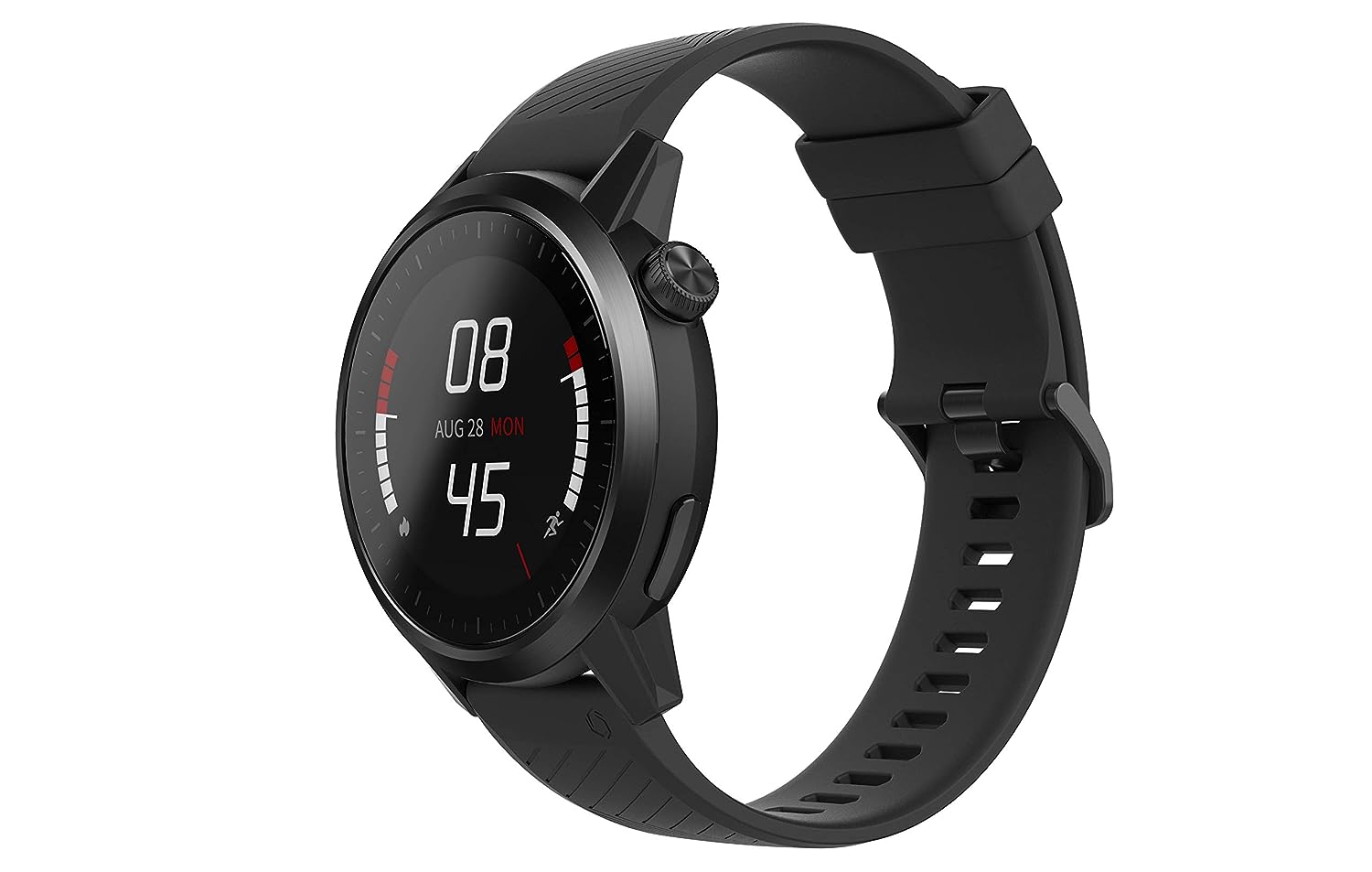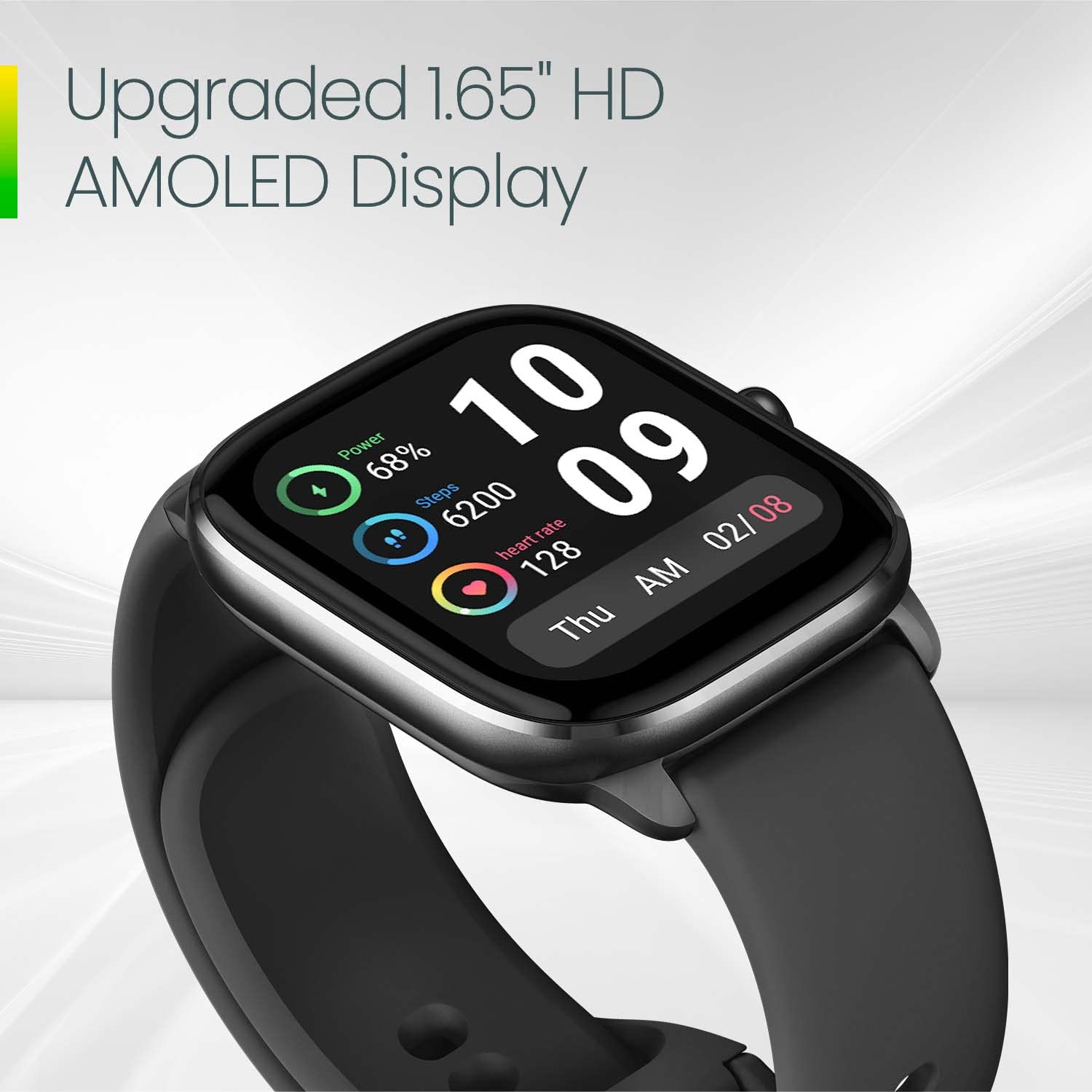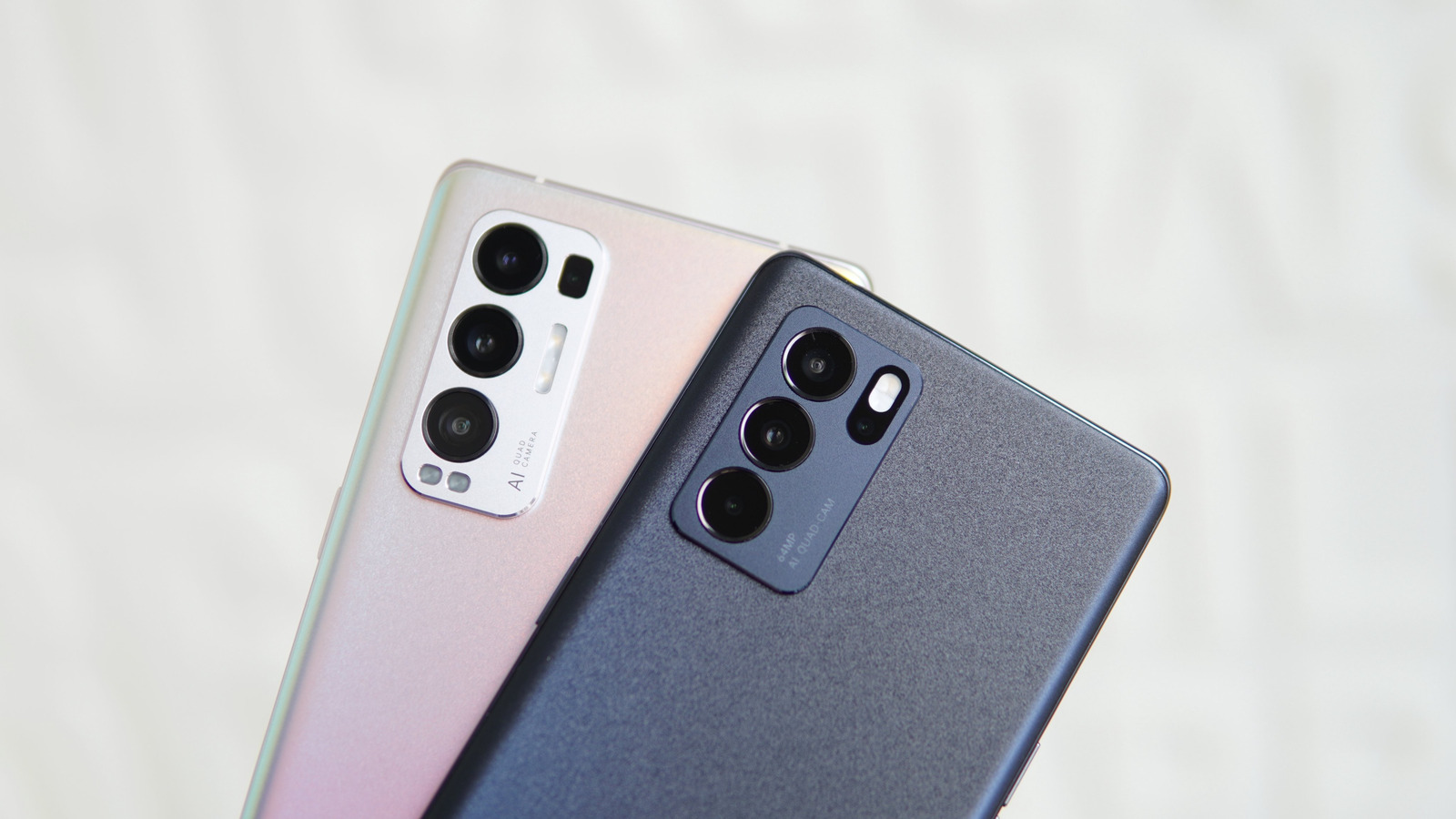Introduction: The Importance of Smartwatches in Modern Times
In today’s fast-paced world, smartwatches have become an integral part of our lives. They are more than just a device to tell time; they serve as an extension of our smartphones and a health and fitness companion.
Understanding the Role of Smartwatches
Smartwatches offer a wealth of functionalities that go beyond basic timekeeping. One of their primary roles is to provide convenient access to smartphone notifications right on your wrist, helping you stay connected without constantly reaching for your phone. This can increase productivity by allowing you to quickly glance at important messages or emails, keeping distractions to a minimum.
Furthermore, smartwatches are increasingly being seen as a crucial tool for health and wellness. They can track various health parameters such as steps, distance, calories, heart rate, and sleep quality. Some models even offer advanced features like stress tracking and ECG readings, providing valuable insights into your overall well-being.
How Smartwatches are Changing Our Lives
The ubiquitous nature of smart devices, including smartwatches, has created a wealth of information that can be accessed, studied, and utilized for better personal and societal outcomes. For instance, the data collected by these devices can help individuals understand their health patterns, set fitness goals, and monitor their progress over time.
Smartwatches have also revolutionized the way we interact with technology. With features like voice assistance, GPS navigation, and contactless payment, they offer a level of convenience and efficiency that was unimaginable just a few years ago.
Health Benefits of Using a Smartwatch
One of the primary reasons people invest in smartwatches is for health awareness. These devices function as comprehensive health and wellness trackers, providing real-time data that can encourage users to lead healthier lifestyles.
For example, by tracking your daily step count and calories burned, a smartwatch can motivate you to stay active. Similarly, by monitoring your sleep patterns and heart rate, it can alert you to potential health issues before they become serious.
In conclusion, the importance of smartwatches in modern times cannot be overstated. They serve as a personal assistant, health monitor, and fitness tracker all rolled into one, making them an invaluable tool for navigating our increasingly digital world.
Smartwatch Reviews: Top 10 Models Available Online
Apple Watch Series 8
Specifications and Features: The Apple Watch Series 8 boasts a larger, always-on Retina display, making it easier to read and interact with. It features an array of health sensors, including an ECG app and blood oxygen level monitoring. This smartwatch also offers comprehensive fitness tracking and has a water resistance rating of 50 meters. Read Apple Watch Series 8: Comprehensive Review
Samsung Galaxy Watch 4
Specifications and Features: The Galaxy Watch 4 runs on Wear OS, powered by Samsung. It’s equipped with a high-resolution AMOLED touch display, advanced health monitoring (including body composition analysis), and seamless connectivity with Android devices. Read an In-Depth Review of the Samsung Galaxy Watch4
Fitbit Versa 3
Specifications and Features: Fitbit Versa 3 comes with a built-in GPS, a heart rate monitor, and the ability to track various workouts. It also includes a sleep-tracking feature and supports voice assistants like Alexa and Google Assistant.
Garmin Forerunner 955
Specifications and Features: This is a premium multisport watch that features GPS, heart rate monitoring, pulse ox sensor, and the ability to track a wide range of sports. It also offers music storage and streaming, and safety and tracking features.
Pros
- The Forerunner 955 excels in GPS accuracy, extensive fitness tracking, and long battery life.
Cons
- Its high price point and somewhat outdated design may deter some buyers.
Price: The Garmin Forerunner 955 retails for 67,490.00.
Fossil Gen 5E
Specifications and Features: The Fossil Gen 5E runs on Wear OS and offers a host of features, including heart rate monitoring, sleep tracking, and Google Assistant. It also boasts a sleek design with multiple watch face options.
Pros
- This smartwatch impresses with its stylish design, solid performance, and integration of Google services.
Cons
- Its battery life is relatively short, and there’s no GPS.
Price: The Fossil Gen 5E is priced at 18,495.00.
Amazfit Bip U Pro
Specifications and Features: The Amazfit Bip U Pro has a 1.43″ TFT LCD display with a resolution of 320×302 pixels. It’s water-resistant up to 50 meters, making it suitable for swimming. It includes 24/7 heart rate monitoring, sleep quality & stress level monitoring, menstrual cycle tracking, and blood oxygen level monitoring. The watch is compact and lightweight, weighing only 31g.
Pros
- The Bip U Pro offers comprehensive health tracking features, a large display, and excellent water resistance.
Cons
- Some users might find the user interface not as intuitive as other models, and the battery life can vary significantly based on usage.
Prices vary depending on the retailer, but it’s generally regarded as a budget-friendly smartwatch.
Huawei Watch GT 2 Pro
Specifications and Features: The Huawei Watch GT 2 Pro features a 1.39-inch AMOLED display with a resolution of 454 x 454 pixels. It includes advanced health monitoring systems, including SpO2 tracking, heart rate monitoring, and sleep tracking. It also offers over 100 workout modes, built-in GPS, and up to two weeks of battery life.
Pros
- The GT 2 Pro stands out for its premium design, long battery life, and extensive workout modes.
Cons
- It lacks third-party app support, and some features are limited to Huawei phones.
Price: The Huawei Watch GT 2 Pro is priced around 29,990.00.
TicWatch Pro 3
Specifications and Features: The TicWatch Pro 3 comes with a dual-layer display (FSTN LCD and AMOLED) and runs on Wear OS by Google. It’s powered by the Qualcomm Snapdragon Wear 4100 Platform and includes features like heart rate monitoring, sleep tracking, stress monitoring, and SpO2 tracking. It also offers built-in GPS and NFC for contactless payments.
Pros
- The Pro 3 impresses with its innovative dual-layer display, fast performance, and comprehensive health tracking features.
Cons
- Its design might be a bit bulky for some users, and the battery life can decrease significantly with heavy use.
Price: The TicWatch Pro 3 is priced at 24,000.00.
Suunto 7
Specifications and Features: The Suunto 7 measures 50 x 50 x 15.3 mm and weighs 70g. It has a robust build with a stainless steel casing, Gorilla glass, and a glass fibre-reinforced polyamide. The watch features a 1.39-inch AMOLED touchscreen display with a resolution of 454 x 454 pixels. It’s powered by the Snapdragon Wear 3100 SoC and has 1GB of RAM.
Pros
- The Suunto 7 impresses with its durable build, crisp display, and versatile sports experience.
Cons
- Some users might find the watch a bit bulky, and the battery life could be improved.
Price: The price varies depending on the retailer, but it generally retails around 31,999.00.
Coros Apex
Specifications and Features: The Coros Apex is a multisport GPS watch that offers features like wrist-based heart rate monitoring, sleep tracking, and advanced training metrics. It also boasts a battery life of up to 100 hours in UltraMax GPS mode.
Pros
- The Apex stands out for its long battery life, accurate GPS, and comprehensive training features.
Cons
- It lacks a touch screen, and the companion app could be more intuitive.
The Coros Apex is priced at 34,999.00 for the 42mm model and 58,582.99 for the 46mm model.
Amazfit GTS 4 Mini Smart Watch
Specifications and Features: The Amazfit GTS 4 Mini features a compact, ultra-slim design with a 1.65-inch AMOLED touchscreen display. It’s equipped with Bluetooth 5.2 and GPS for connectivity and tracking. The smartwatch offers 24-hour heart rate monitoring, SpO2 & stress monitoring, and supports over 120 sports modes. Other notable features include Alexa voice assistant, water resistance up to 50 meters, and a robust battery life of up to 15 days.
Pros
- The GTS 4 Mini impresses with its sleek design, versatile health and fitness tracking features, long battery life, and built-in Alexa voice assistant.
Cons
- Some users may find the watch interface not as intuitive as other models, and the accuracy of health monitoring features can vary.
Price: Prices vary depending on the retailer, but it’s generally regarded as a budget-friendly smartwatch starts at 7,999.00.
Buyer’s Guide: Choosing the Right Smartwatch
When it comes to buying a smartwatch, there are several factors that you should consider to ensure that you choose the right one for your needs. Here is a detailed guide on what to look out for:
1. Compatibility with Your Smartphone: Not all smartwatches work with all smartphones. For example, Apple Watches only work with iPhones while Wear OS devices and Samsung’s Tizen watches work with both Android phones and iPhones. So, first and foremost, make sure the smartwatch you’re considering is compatible with your smartphone.
2. Display: Most smartwatches today feature a colorful LCD screen or AMOLED display which allows you to view photos, apps and other content in richer colors and tend to be brighter. The trade-off is shorter battery life, although smartwatch makers are improving the devices’ efficiency.
3. Interface: Touch vs. Physical Buttons: Consider whether you want a touchscreen interface or one that utilizes physical buttons. Touchscreens make navigation around the smartwatch easier, but can be tricky to use when you have sweaty fingers or when you’re wearing gloves. On the other hand, watches with physical buttons or rotating bezels tend to be easier to navigate without looking at the device.
4. Design and Personalization: The design of the smartwatch is another crucial factor to consider. Most smartwatches offer some level of customization, allowing you to swap out the watch band or change the watch face. Some smartwatches even offer a variety of finishes, materials, and band options.
5. Notifications and Alerts: The types of notifications you want to receive on your smartwatch is another factor to consider. Most smartwatches will alert you to incoming calls, texts, and emails, and allow you to reply directly from the watch. However, the extent of what you can do with these notifications varies from watch to watch.
6. Health and Fitness Features: If you’re a fitness enthusiast, look for a smartwatch with a heart rate sensor and built-in GPS. These features allow you to track your workouts more accurately. Some smartwatches even feature advanced fitness metrics like VO2 max and ECG, sleep tracking, stress monitoring, and blood oxygen level monitoring.
7. Battery Life: Battery life is another important factor to consider. Most smartwatches can last around one to two days on a single charge, while some can even last up to a week or more. If you don’t want to be charging your watch every night, consider a watch with a longer battery life.
8. App Selection: The selection of apps is another crucial factor. Some smartwatches, like the Apple Watch and Wear OS watches, have a wide variety of third-party apps available, from music streaming apps to ride-sharing apps. Others, like Fitbit, have fewer app options.
9. Price: Finally, consider your budget. Smartwatches can range from around $100 to several thousand dollars depending on the brand, features, and materials used. Determine what features are most important to you and what you’re willing to spend before making a decision.
In conclusion, choosing the right smartwatch depends on a variety of factors including compatibility, display type, interface, design, notifications, health and fitness features, battery life, app selection, and price. By considering all these factors, you can find a smartwatch that best fits your needs and lifestyle.
Conclusion: Making a Smart Choice
Choosing the right smartwatch can seem like a daunting task, given the plethora of options available in the market, each with its own set of features, design elements, and price points. However, by carefully considering your individual needs, lifestyle, and budget, you can make a smart choice that provides value for your money and enhances your daily life.
Understanding Your Needs: The first step in making a smart choice is understanding what you want from your smartwatch. If you’re a fitness enthusiast, for example, you’ll want a watch with robust health tracking features like heart rate monitoring, GPS tracking, and workout modes. If you’re more interested in productivity and connectivity, look for smartwatches with seamless smartphone integration, allowing you to receive notifications, send messages, and even make calls right from your wrist.
Considering Your Lifestyle: Your lifestyle should significantly influence your smartwatch choice. If you lead an active, outdoorsy life, you’ll need a durable, water-resistant watch with excellent battery life. On the other hand, if you’re looking for a watch to wear in business settings, you might prefer a sleek, stylish smartwatch with a premium design.
Setting a Budget: Smartwatches come in a wide range of prices, and setting a budget can help narrow down your options. It’s important to remember that a higher price doesn’t always mean a better product. Many affordable smartwatches offer impressive features and performance.
Comparing Options: Once you’ve identified your needs, lifestyle, and budget, compare different models. Look at the specifications, read reviews, and if possible, try them out in person. This will give you a better idea of the watch’s look and feel, its user interface, and whether it meets your expectations.
Future-Proofing Your Purchase: Technology evolves quickly, and today’s cutting-edge features could become standard tomorrow. Look for a watch that receives regular software updates and has features that will remain useful in the future.
In conclusion, making a smart choice when buying a smartwatch means understanding your needs, considering your lifestyle, setting a budget, comparing options, and thinking about the future. By keeping these factors in mind, you can choose a smartwatch that not only meets your current needs but will continue to serve you well as technology advances.

